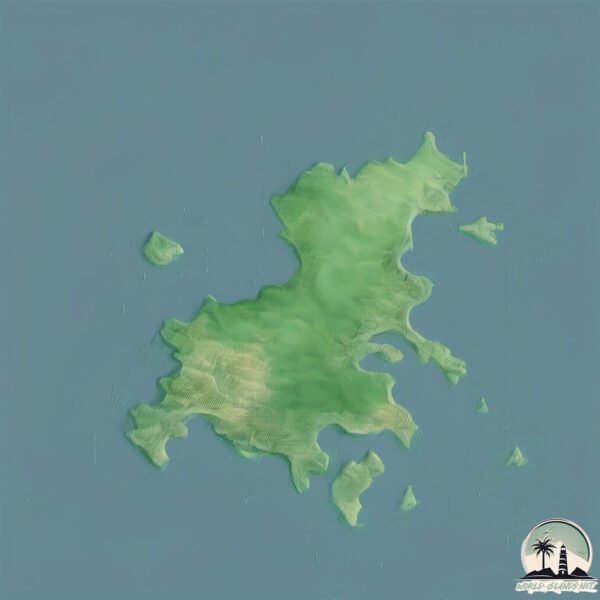Paridas

Welcome to Paridas, a Tropical island in the North Pacific Ocean, part of the majestic Pacific Ocean. This guide offers a comprehensive overview of what makes Paridas unique – from its geography and climate to its population, infrastructure, and beyond. Dive into the details:
- Geography and Size: Explore the island’s size and location.
- Climate and Weather: Weather patterns and temperature.
- Topography and Nature: Uncover the natural wonders of the island.
- Infrastructure and Travelling: Insights on reaching, staying, and making the most of your visit.
- News and Headlines: Latest News.
Geography and size of Paridas
Size: 14.5 km²
Coastline: 31.7 km
Ocean: Pacific Ocean
Sea: North Pacific Ocean
Continent: North America
Paridas is a Medium Island spanning 14 km² with a coastline of 32 km.
Archipel: –
Tectonic Plate: Panama – A small plate in Central America, primarily under Panama and Costa Rica, known for its seismic and volcanic activity due to interactions with the Cocos and Caribbean Plates.
The geographic heart of the island is pinpointed at these coordinates:
Latitude: 8.11330315 / Longitude: -82.34240886
Climate and weather of Paridas
Climate Zone: Tropical
Climate Details: Tropical Monsoon Climate
Temperature: Hot
Climate Characteristics: Characterized by heavy rainfall, high humidity, and uniformly high temperatures, but with a distinct short dry season. It features a seasonal reversal of prevailing wind directions.
Topography and nature of Paridas
Timezone: UTC-05:00
Timezone places: America/New_York
Max. Elevation: 59 m
Mean Elevation: 30 m
Vegetation: Evergreen Broadleaf Forest
Tree Coverage: 91%
The mean elevation is 30 m. The highest elevation on the island reaches approximately 59 meters above sea level. The island is characterized by Plains: Flat, low-lying lands characterized by a maximum elevation of up to 200 meters. On islands, plains are typically coastal lowlands or central flat areas.
Dominating Vegetation: Evergreen Broadleaf Forest
Characterized by dense, lush canopies of broadleaf trees that retain their leaves year-round. These forests are typically found in tropical and subtropical regions and are known for their high biodiversity. Paridas has a tree cover of 91 %.
Vegetation: 7 vegetation zones – Very Highly Diverse Island
Islands in this range are ecological powerhouses, showcasing a wide array of vegetation zones. Each zone, from lush rainforests to arid scrublands, coastal mangroves to mountainous regions, contributes to a complex and interdependent ecosystem. These islands are often hotspots of biodiversity, supporting numerous species and intricate ecological processes.
Infrastructure and Travelling to Paridas
Does the island have a public airport? no.
There is no public and scheduled airport on Paridas. The nearest airport is Enrique Malek International Airport, located 30 km away.
Does the island have a major port? no.
There are no major ports on Paridas. The closest major port is PEDREGAL, approximately 26 km away.
The mean population of Paridas is 4 per km². Paridas is Gently Populated. The island belongs to Panama.
Continuing your journey, Boca Brava is the next notable island, situated merely km away.
Paradise Island 4K • Scenic Relaxation Film with Peaceful Relaxing Music and Nature Video 4K UltraHD



Panama is classified as Developing region: Regions characterized by lower income levels, with economies in the process of industrialization and modernization. The level of income is Upper middle income.
News – Latest Updates and Headlines from Paridas
Stay informed with the most recent news and important headlines from Paridas. Here’s a roundup of the latest developments.
Please note: The data used here has been primarily extracted from satellite readings. Deviations from exact values may occur, particularly regarding the height of elevations and population density. Land area and coastline measurements refer to average values at mean high tide.
